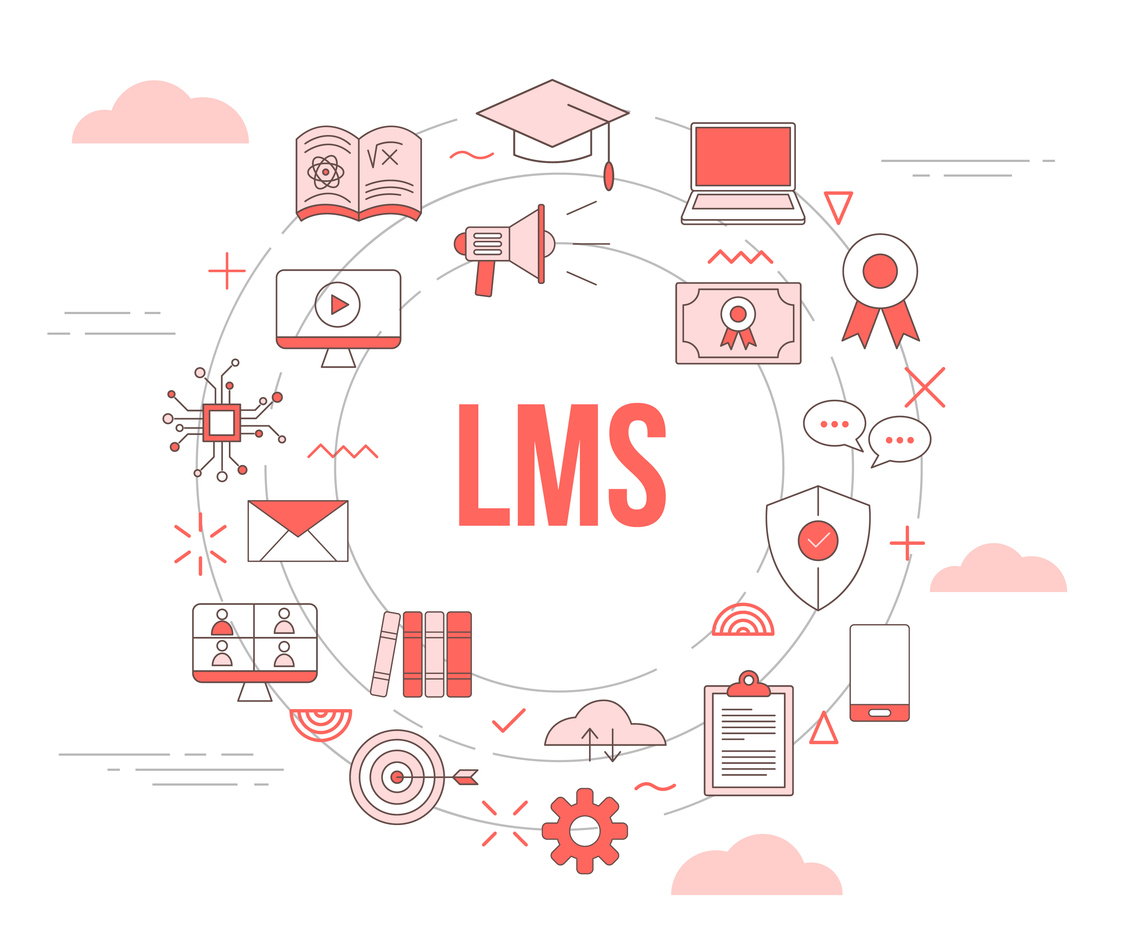In the field of education, it is crucial for platforms offering courses to understand how students engage with their course materials. By analyzing student data, valuable insights can be gained into student performance and behaviour, empowering course providers to improve their offerings and increase completion rates. This article explores the impact of Learning Management System (LMS) analytics on the courses' completion rates.
In the field of education, it is crucial for platforms offering courses to understand how students engage with their course materials. By analyzing student data, valuable insights can be gained into student performance and behaviour, empowering course providers to improve their offerings and increase completion rates. This article explores the impact of Learning Management System (LMS) analytics on the courses' completion rates.
Exploring LMS Analytics
LMS analytics involves collecting and analyzing data concerning student participation in courses. This information includes details such as the frequency of logins, time spent on course activities, scores on assessments, and progress made by students. By presenting this data through dashboards and reports, instructors can gain an understanding of how students interact with the learning content. To delve deeper into these insights and enhance the educational process, exploring insightful LMS analytics solutions can be particularly beneficial. These solutions provide robust tools that help educators make informed decisions to improve course delivery and student outcomes.
Identifying Challenging Course Sections
One advantage of utilizing LMS analytics is its ability to identify sections within a course. By examining data on learner engagement, instructors can pinpoint sections or topics that students struggle with. For example, analytics might reveal that many students lose interest after encountering a module or that certain quiz questions consistently receive high scores.
Equipped with this knowledge, instructors can make targeted improvements to address these challenges. They may choose to provide explanations of concepts, offer resources, or adjust the content to make it more engaging and accessible. Proactively addressing these areas can help maintain student motivation throughout the course and ultimately lead to higher completion rates.
Monitoring Student Progress
On online learning platforms, teachers can use analytics to keep track of individual student progress in a course. This enables educators to identify students who may be falling behind or losing interest in the material. By offering support and encouragement, teachers can help struggling students before they become overwhelmed and disengaged.
Providing Personalized Support
One key aspect of teaching is delivering tailored feedback to students. With LMS analytics, teachers can monitor student performance and provide feedback customized to each student’s needs. By identifying areas where students may be struggling, instructors can offer guidance for improvement, enhancing the learning experience and increasing the likelihood of course completion.
Analytics also play a role in ensuring timely feedback in courses with students across different time zones. Teachers can set up automated systems to deliver real-time feedback when students reach milestones or complete assessments. This immediate feedback helps maintain student motivation and fosters active engagement with course materials.
Creating Engaging Course Content
Insights derived from analyzing LMS data empower educators to design course materials. Teachers can develop courses that align with student preferences and enrich the learning journey by understanding how students interact with media formats, interactive elements, and learning tasks.
For example, if data indicates that students are spending more time on video lessons than on written materials, instructors could consider expanding the use of videos or adding features to these lessons to increase student engagement. By tailoring content delivery to what resonates with their audience, educators can impact course completion rates.
Continuous Improvement through Iterative Approaches
In addition to providing feedback, LMS data supports enhancement by promoting a culture of improvement. Educators can use insights from course revisions to inform their teaching decisions. Teachers can continuously refine their teaching methods and materials by analyzing data on student engagement and performance trends over time.
Examining Evaluation Data and Performance
Assessments are crucial for evaluating learners' comprehension and retention of knowledge. LMS analytics enable instructors to delve into evaluation data, allowing for an analysis of learner performance. By reviewing quiz or test scores, completion rates, as well as patterns in correct and incorrect responses, instructors can gain valuable insights into areas of strength and areas needing improvement.
Analyzing assessment data empowers instructors to pinpoint gaps in student understanding or common misunderstandings. This awareness enables them to offer tailored support to individuals or redesign evaluations to address these issues.
Tailoring teaching methods based on evaluation results enhances students’ understanding, offers avenues for help, and boosts the likelihood of finishing a course.
Conclusion
Incorporating LMS data into course planning and delivery significantly impacts completion rates. Analytical insights assist in identifying sections, tracking student progress, giving feedback, crafting content, and fostering improvements.
Regularly reviewing student engagement data from an LMS platform empowers educators to grasp learners’ requirements, enabling them to make choices that enhance the educational journey and raise completion rates.











